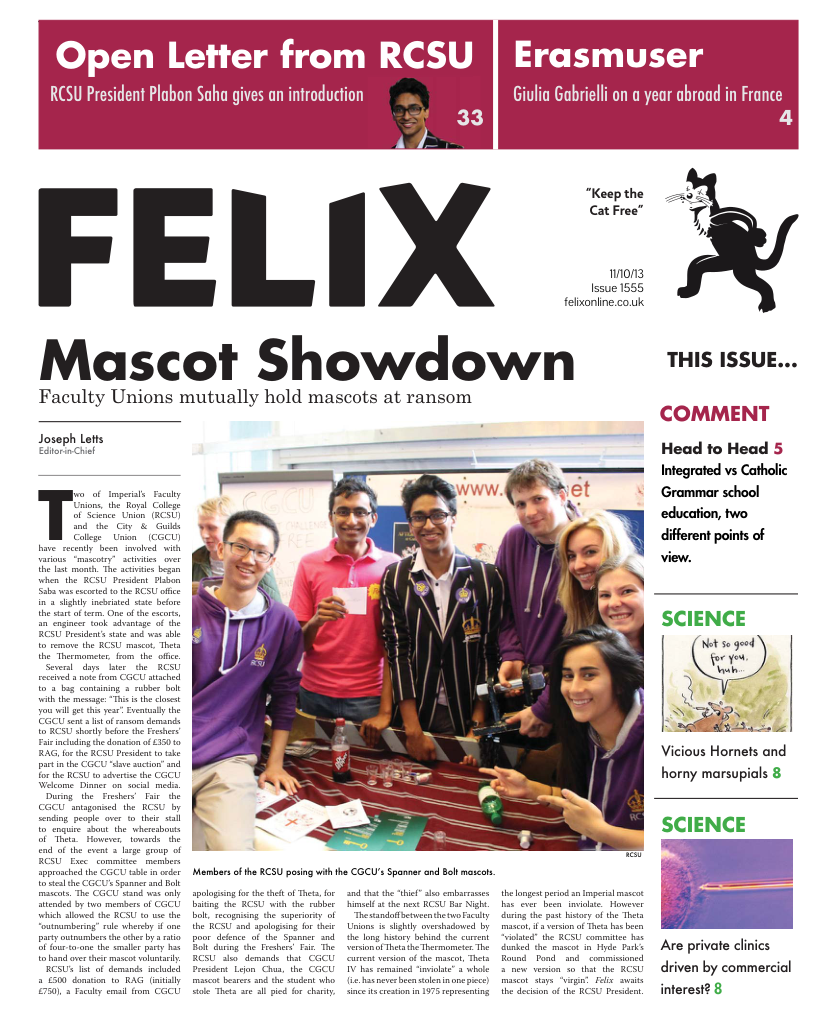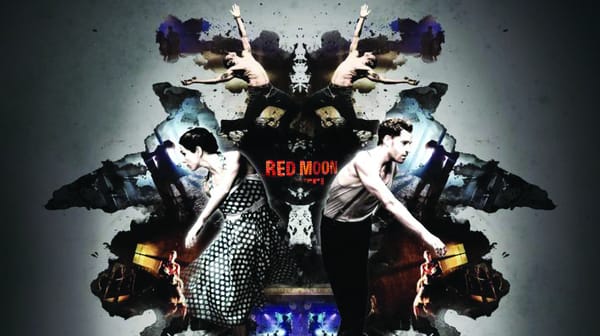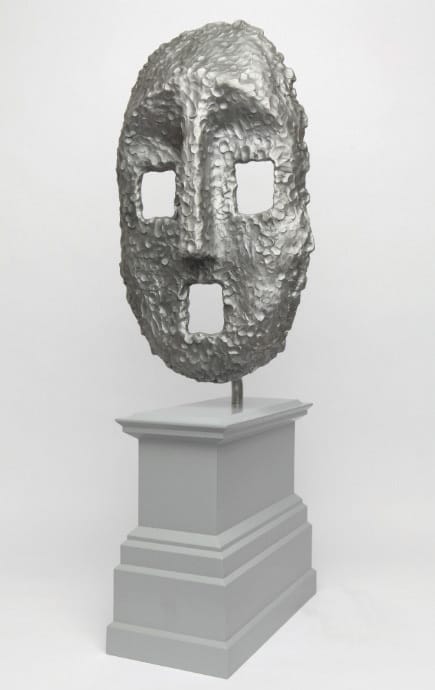Figaro gets married, everyone’s happy
Clara Clark Nevola on the Marriage of Figaro at the Royal Opera House
What: Le Nozze Di Figaro Opera
Where: Royal Opera House
When: 2nd - 15th May 2014
Price: Various
“For here they talk of nothing but Figaro. Nothing is played, sung or whistled but Figaro. No opera is drawing like Figaro. Nothing, nothing but Figaro.”
Modest Mr Mozart himself wrote this shortly after the premiere of_ Le Nozze Di Figaro_, and though it sounds rather big headed, it still holds true today. Le Nozze di Figaro is one of the most performed, established and well- loved pieces of opera repertoire and the current Royal Opera’s production (the fourth re-run of the 2006 version) perfectly showcases this.
The plot is a mix of two classic narratives: the clever servant and stupid master, and the husband and wife deceit themes, with a good sprinkling of bawdy humour, cross dressing and proposed weddings.
Sounds like a panto, right? Wrong.
Set to Mozart’s score, this stiff, predictable sounding story rollicks along, by turns funny, gripping and in many cases truly touching, making for an enjoyable and gripping evening out.
The opera starts with Figaro and Susanna, the servant couple, preparing to marry, struggling with the dowry money and the Count’s pervy lust for Susanna. The Countess meanwhile is feeling lonely and abandoned and to add to the mix, a teenaged servant is running around the castle getting into steamy situations with the maids. Figaro, with the help of Susanna and the Countess and the hindrance of the Count and many secondary characters, manages to wriggle out of all the situations he gets into, and the story ends with a triple wedding and the Count reconciled and in love with his wife.
Le Nozze di Figaro is based on the Beaumarchais’ “La folle journée, ou le Mariage de Figaro”, a play that received much attention on account of the censorship it was subjected to. Embarrassing monarchs was a bit of a sensitive subject in the 18th century (though possibly Prince Harry is trying to revive this) and the play’s emphasis on Figaro’s intelligence was considered inappropriate. The operating version played down Figaro’s socialist impulses, thus allowing it to evade censorship, though a few royal eyebrows were raised at the moral content.
Despite this, Figaro has remained indelibly connected to the French revolution. The real strength of this production is its ability to transcend all of Figaro’s cultural and historical baggage and to revive it as what it was originally intended to be: a funny yet touching human story.
Add this to the Royal Opera House’s incredibly high production standards and brilliant cast, and it makes Le Nozze di Figaro a real must see - whether you’re a hardened opera lover or a total newbie.









